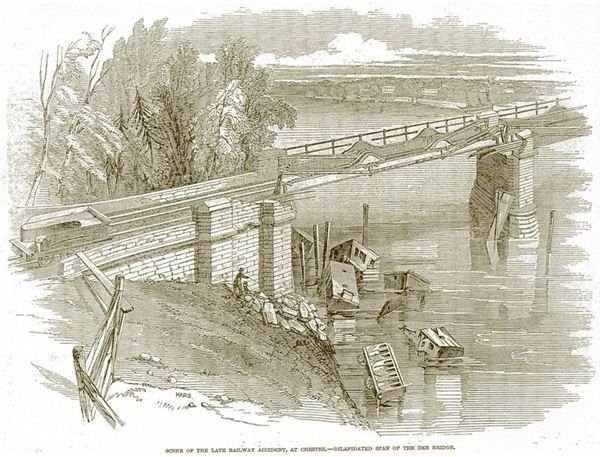Free Corrective Action Form Template – And How to Use It!
Overview
A corrective action form is used to specifically document undesirable issues that are causing a negative impact on productivity or causing a negative financial impact on the company. This so called “undesirable” issue is referred to as a non-conformance. The corrective action report is broken into four sections with the most important being – remedial action and root cause analysis.
Remedial actions are the steps necessary to take immediately to stop the non-conformance from occurring. As an example, let’s say that oftentimes you submit an IT request to your Information Technology department and they lose the email request. A remedial action may be to have the IT department keep a detailed log of all incoming requests. This would resolve the immediate issue of requests getting lost, but what about oversight to make sure the issue doesn’t happen again?
Before you can focus on preventative action, you need to understand the root cause of the issue. As part of the corrective action process, you will need to analyze the problem in detail to better understand why the non-conformance occurred in the first place.
The Corrective Action Request Form
If you haven’t already, be sure to grab a copy of the free Corrective Action request form.
Start by filling out the top section with a unique identifier, the reporter and the person receiving or auditing the request. The area manager will be the person responsible for resolving the non-conformance. Note that if you already have a quality team in place, you may want to alter the form to best fit your needs.
The person reporting the non-conformance will fill out the Non-Conformance Details section. This section should really focus on the “who, what, where, why, and when” of the incident.
- Who were the parties involved? Who was impacted and who caused the non-conformance?
- What was the impact? What happened?
- Where did the non-conformance occur?
- Why did the non-conformance occur? Keep in mind this section should be filled out by the reporting person – not a member of the auditing team. The reporter should use the information they have to best guess why the issue occurred.
Remedial Action and Causal Analysis
The non-conformance auditor should route the form to the area manager responsible for the non-conformance. This person will typically own a process or procedure that has failed in some way causing the incident.
The area manager will need to determine what steps, if any, are necessary to take in order to reduce or eliminate the chance of the non-conformance happening again. In order to better understand the true nature of the problem, the area manager will need to trace the incident back to the source. This will help in determining which steps can be taken to avoid non-conformances in the future.
Audit
After the non-conformance has been detailed and the area manager has put measures in place to immediately stop the issue from happening again, an auditor should speak with both the initial reporter and the area manager to confirm the non-conformance has been resolved. For more information on how to perform an audit, check out Chemuturi’s article on the Steps to Performing A Project Quality Audit.
After the audit is completed you’ll want to perform occasional follow-up to determine if there is a chance the non-conformance may pop up again. For a more detailed look at writing a corrective action report, take a look at Suba Lakshminarasimhan’s article on Tips for Writing a Corrective Action Plan.
Image Credits: Wikimedia Commons, “Dee Bridge Disaster”, upload by Peterlewis
